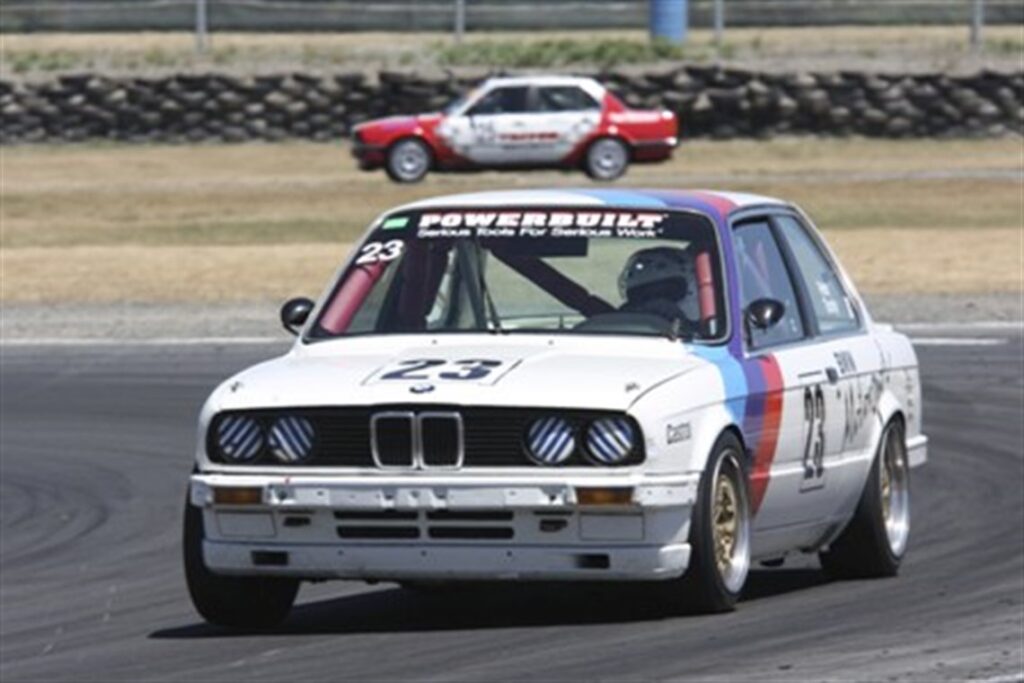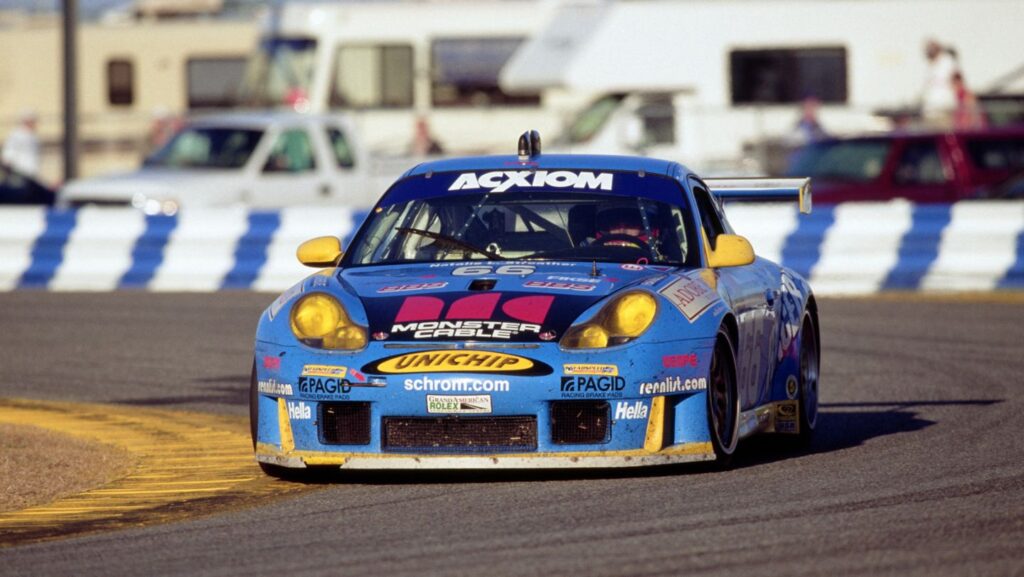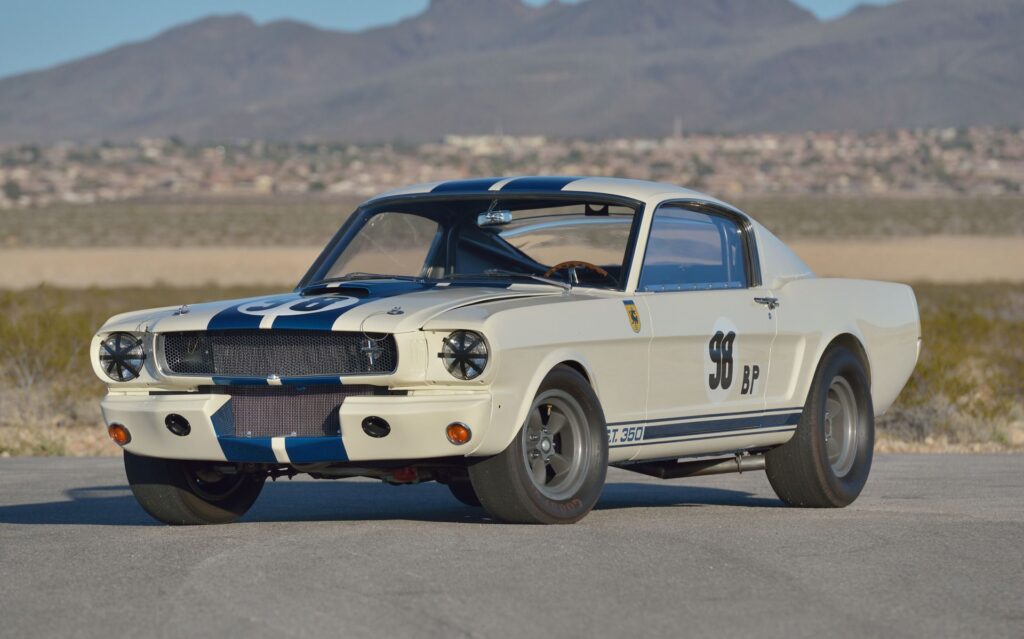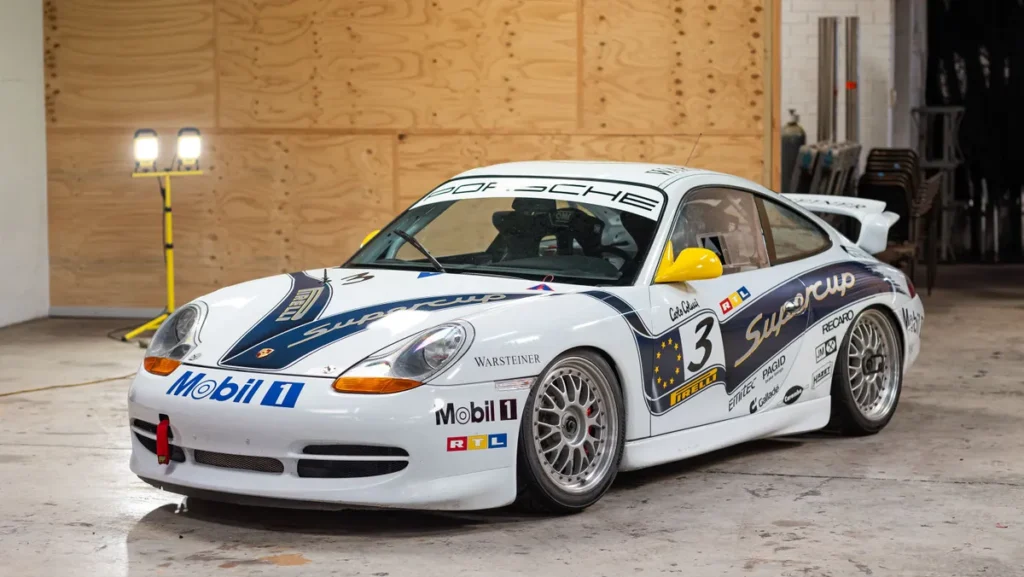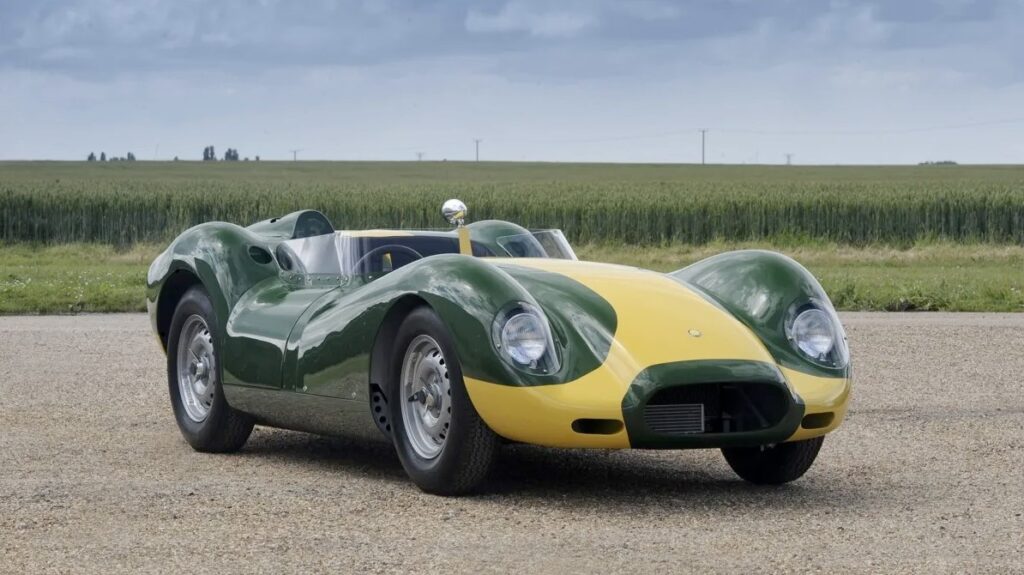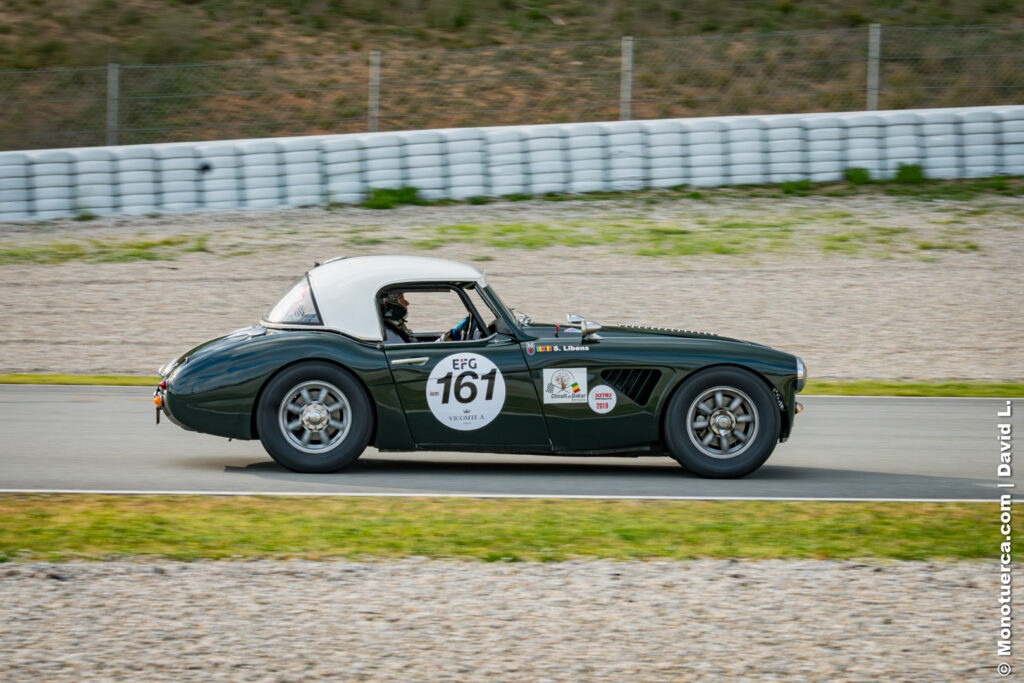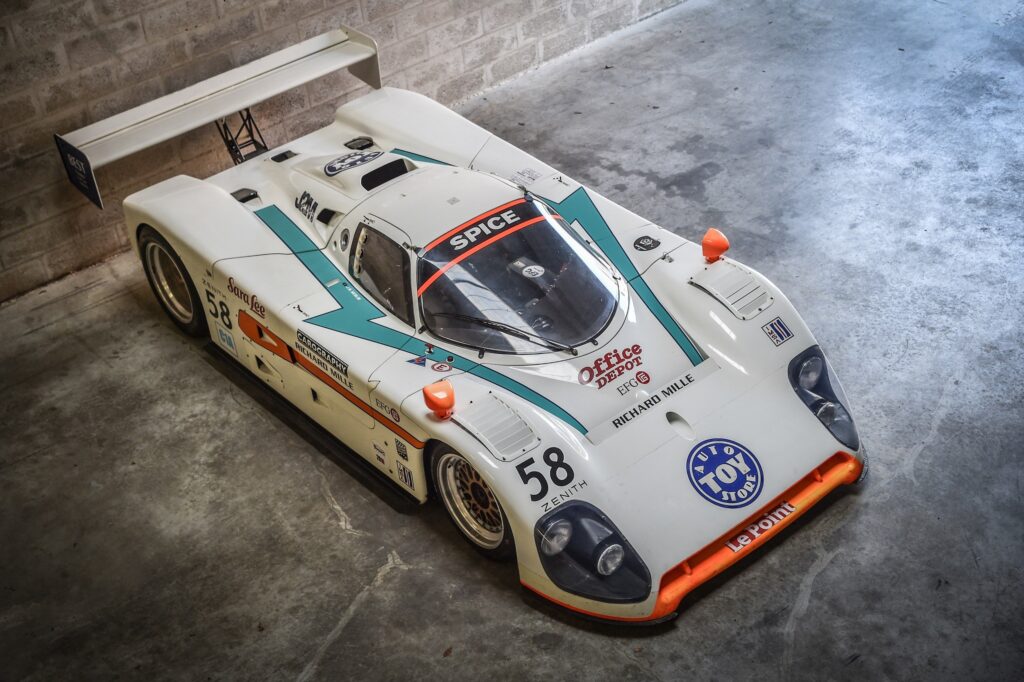1964 Porsche 911 2.0 SWB

1964 Porsche 911 2.0 SWB
Brand
Porsche
Year
1964
Country
Germany
Generation
Porsche 911 I (Urmodell)

1964 Porsche 911 2.0 SWB
Brand
Porsche
Year
1964
Country
Germany
Generation
Porsche 911 I (Urmodell)
About this car
Discover the history
The 1964 Porsche 911 2.0 SWB is one of the most iconic cars in automotive history, marking the beginning of Porsche’s 911 legacy, which continues to thrive today. Officially unveiled at the 1963 Frankfurt Motor Show, the car was developed as a successor to the highly successful Porsche 356. Initially designed under the project number 901, the name was changed to 911 after a trademark dispute with Peugeot, which claimed exclusive rights to three-number combinations with a zero in the middle. Production of the 911 began in 1964, making it one of the longest-running sports car series in the world.
The Porsche 911’s distinctive shape, created by Ferdinand “Butzi” Porsche, became a defining feature of the model. It was larger and more powerful than its predecessor, the 356, offering a more refined driving experience while retaining Porsche’s racing heritage. The earliest 911 models, including the 2.0 SWB, were fitted with an air-cooled, rear-mounted, flat-six engine. This engine provided a balance of power and handling that made the 911 a favorite among driving enthusiasts. The original 2.0-liter unit produced 130 horsepower, allowing the car to reach impressive speeds for its time. Paired with a five-speed manual transmission, the 911 was known for its nimble performance and precise steering, traits that have become hallmarks of the 911 series.
One of the key features of the early 911 models was their torsion bar suspension, which contributed to their sharp handling and stability on the road. While the basic layout of the engine and suspension remained consistent over the years, the 911’s chassis design saw various developments. The early 911s, including the 1964 2.0 SWB, had a short wheelbase (SWB), which made them agile but prone to oversteer, especially in high-speed cornering. Porsche engineers later extended the wheelbase in 1968 to improve stability, but the SWB models remain highly sought after by collectors due to their raw, unfiltered driving dynamics.




The racing pedigree of the Porsche 911 began almost as soon as the car was launched. From privateer racers to factory-backed efforts, the 911 quickly proved its capabilities on the track. Although the 1964 model was not initially intended as a full-fledged racing car, its lightweight construction and strong performance made it a competitive choice in motorsports. The 911’s adaptability allowed it to compete in a wide range of racing events, including rallying, endurance racing, and hill climbs. The first 911 race win came in 1965 at the Monte Carlo Rally, where the car showcased its potential in harsh conditions. This victory paved the way for a long line of 911s dominating various racing categories throughout the decades.
As Porsche continued to develop the 911, several high-performance variants were introduced, including the 911S, which featured more power and advanced technology. However, the 1964 Porsche 911 2.0 SWB remains one of the purest forms of the model, offering a driving experience that is still celebrated by enthusiasts today. Its combination of groundbreaking design, performance, and racing success laid the foundation for the 911’s enduring reputation as one of the world’s finest sports cars.
The Porsche 911, in its early years, set a standard for future models, both in terms of performance and design evolution. The SWB models, in particular, represent a significant part of the car’s early racing history, contributing to its legacy as a competitive vehicle in motorsport and an icon on the road. From its introduction in 1964 to the present day, the Porsche 911 has remained true to its origins, continuing to embody the spirit of innovation and performance that made it a legend.




